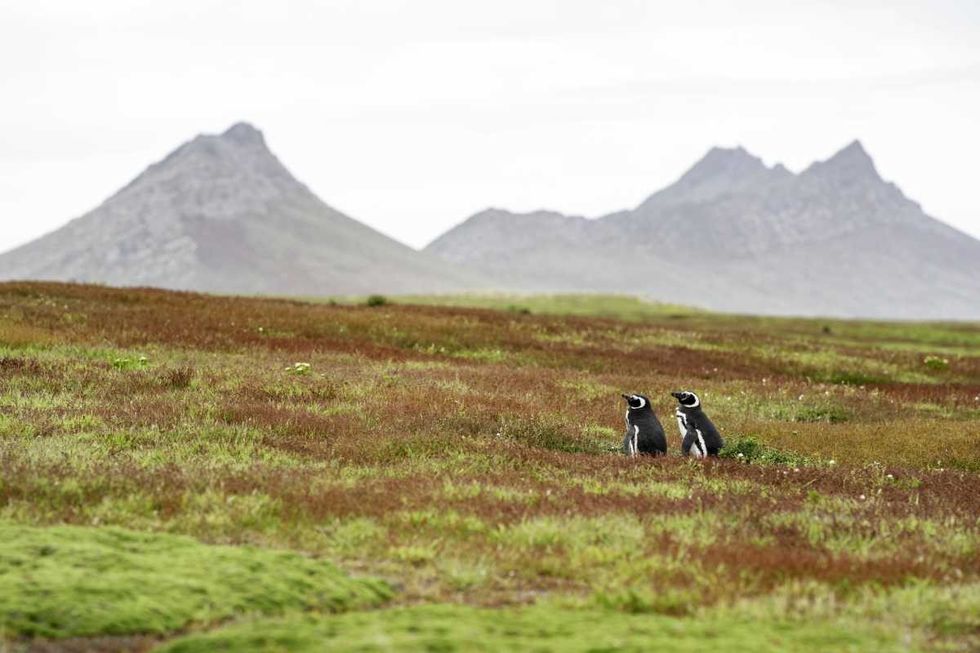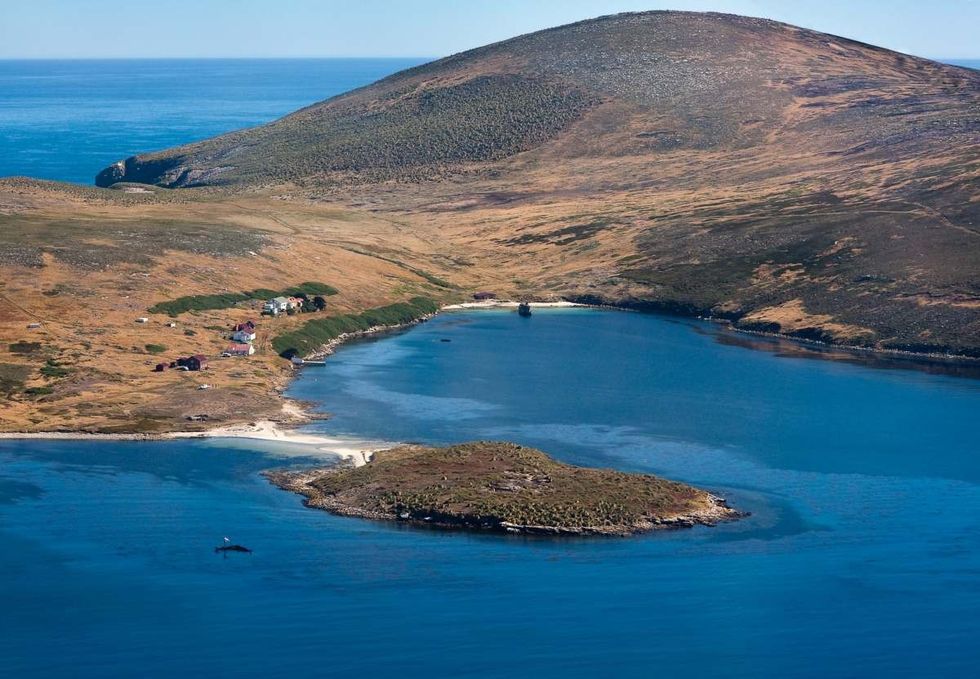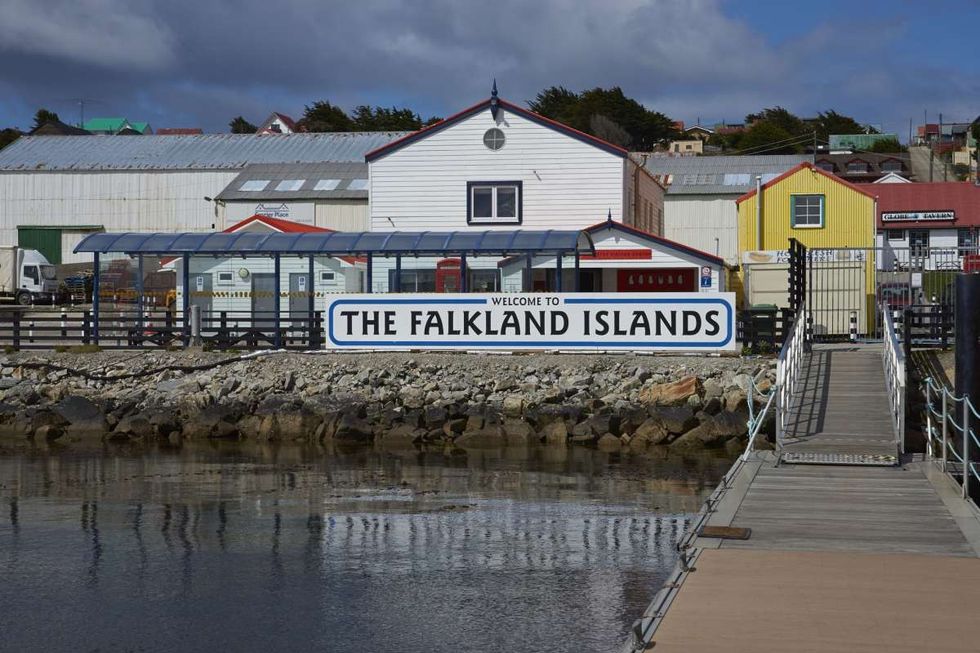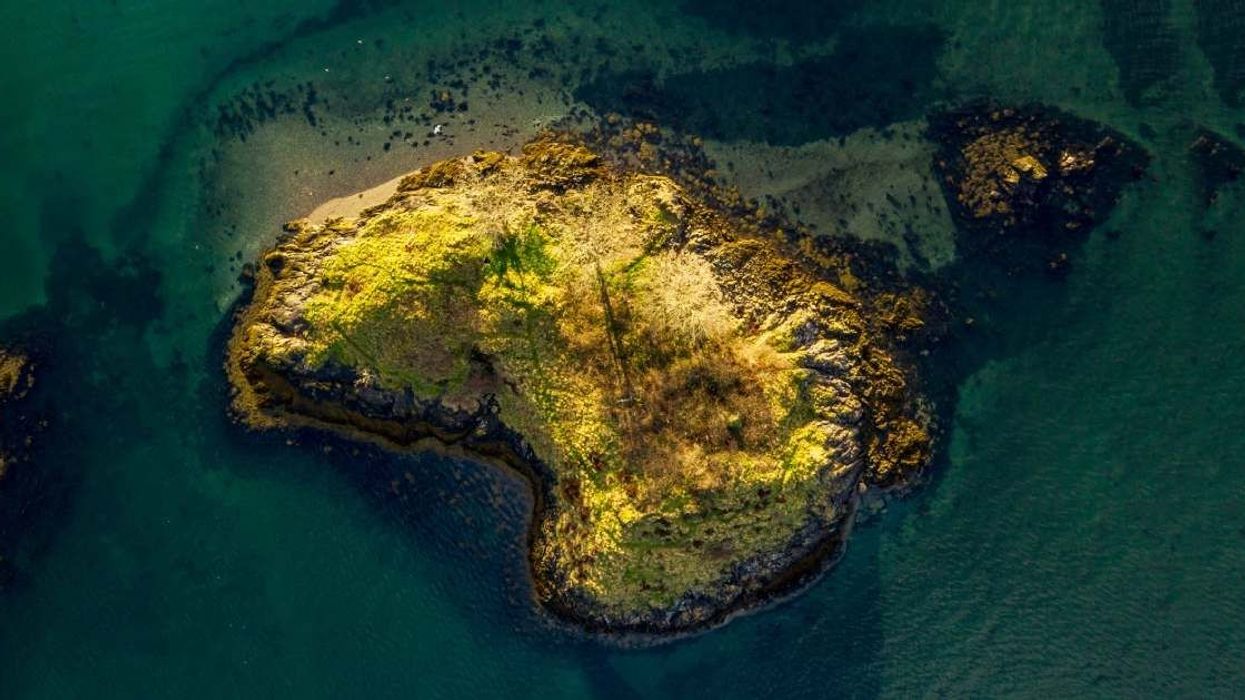Spanning 4,700 square miles, the Falkland Islands offer a peaceful landscape, where the only interruptions are the sounds of birds, golden bushes dotting white-sand beaches, and glistening waters. Despite this serene beauty, the landscape is treeless, thanks to acidic soil and the cool South Atlantic climate. So, when Dr. Zoë Thomas learned about massive tree trunks buried beneath the Falklands' soil, her curiosity was instantly piqued.

In a study published in Antarctic Science, Dr. Thomas and her team revealed that the rugged Falkland Islands were once home to a lush rainforest. While conducting a field investigation in 2020, Thomas received news from a fellow researcher about the discovery of ancient tree trunks unearthed at Tussac House, a senior living facility on the shores of Stanley Harbour, the capital of the eastern Falklands. “We report the discovery of a buried lignitic deposit during excavations for the foundations of the Tussac House,” the researchers noted in their study.
“These were so well preserved, they looked like they'd been buried the day before, but they were in fact extremely old,” Thomas, who is a physical geography expert at the University of Southampton, described in a statement. She added that this unexpected discovery immediately piqued their interest because the Falklands are known as a treeless and barren place.
Lying 335 miles east of the coast of South America, the volcanic Falklands Islands were first formed during the breakup of the supercontinent Gondwana. It took shape when the waters of the Atlantic Ocean broke up and gave rise to the South Atlantic tectonic plate, where the Falklands Plateau emerged. Given the influence of cool Atlantic waters, the climate here remains cool with low precipitation throughout the year, in which acidic white grass and tussac grass make it impossible for timber-sized trees to grow from the soil. Hence, finding the pile of wooden tree logs on the islands was quite unusual.

After receiving the information, the team reached the Tussac House site and drilled geotechnical boreholes to unearth peats underlaid by sediments that comprised “thick blue-grey clay overlaying the lignitic organic deposit.” The wooden fragments and deposits were collected from the site and samples were sent to Australia for laboratory testing at the University of New South Wales. This excavation was carried out with the help of the South Atlantic Environmental Research Institute (SAERI) in Port Stanley.

In the laboratory, the tree samples were investigated using electron microscopes. The fragments however proved too old to be tested by radiocarbon dating which can date a relic up to only 50,000 years old. So, the team turned to microscopic pollen and spores to unleash the age of these buried trees. Their work revealed that the fossilized tree trunks and branches discovered were an estimated 15 million and 30 million years old.
“The age limits for the study site were estimated based on age ranges of pollen species from Patagonian rocks and comparisons with similarly aged floras from southern Patagonia and Antarctica,” Michael Donovan, paleobotany collections manager at Chicago’s Field Museum, told CNN. Similarities with Patagonian forests suggested that the Falklands had a warmer and wetter climate millions of years ago.
“Most of the fossil pollen and spores preserved in the Tussac House forest bed closely resemble pollen and spores produced by plants in the modern floras of South America and other landmasses in the Southern Hemisphere,” researchers noted about the antiquity of the Tussac House forest bed, and added, “This study affirms that the South Atlantic region hosted diverse rainforests during the mid to late Cenozoic period.” They concluded that all fossil pollen and spores recovered from the site represent the same cool temperate rainforest scrub that burst through the earth of the Falklands millions of years ago.


















 Image artifacts (diffraction spikes and vertical streaks) appearing in a CCD image of a major solar flare due to the excess incident radiation
Image artifacts (diffraction spikes and vertical streaks) appearing in a CCD image of a major solar flare due to the excess incident radiation
 Yonaguni Monument, as seen from the south of the formation.
Yonaguni Monument, as seen from the south of the formation. 




 A soldier relaxes on his bedCanva
A soldier relaxes on his bedCanva Gif of a child breathing deeply via
Gif of a child breathing deeply via 
 Take a moment to forget the world outside the headphones and just relax.
Take a moment to forget the world outside the headphones and just relax.  Lean back and unwind to the right music.
Lean back and unwind to the right music.